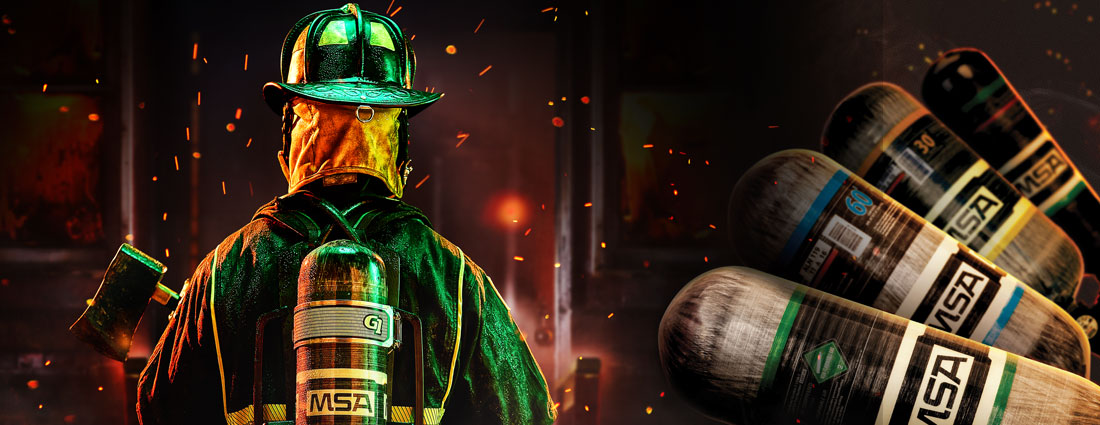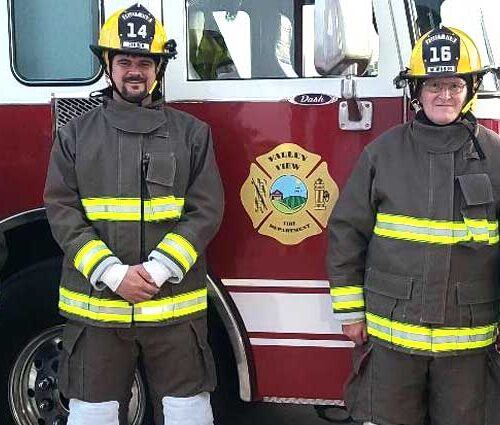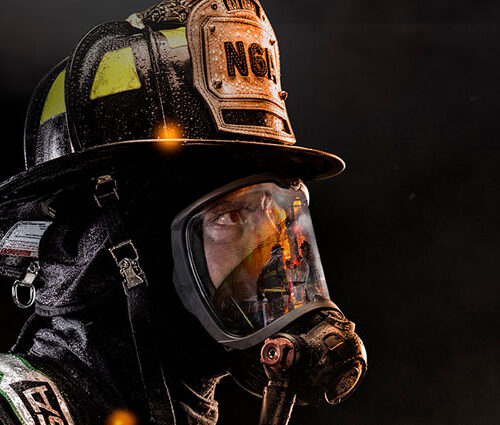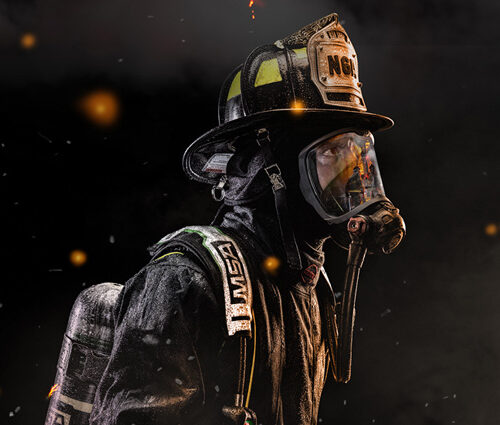
Shortages in personal protective equipment are a widespread issue for many volunteer fire departments. To address this need, MSA Safety, DuPont Personal Protection, and the National Volunteer Fire Council (NVFC) have been partnering since 2012 to give away state-of-the-art gear to volunteer fire departments in need. Through MSA’s and DuPont’s 2022 Globe Gear Giveaway, 13 departments each received four new sets of turnouts and four new helmets.
Awards were made to the following departments in October, November, and December:
- Debusk Volunteer Fire Department, located in a small town in eastern Tennessee, is comprised entirely of volunteers. It serves over 2,600 residents across 6.5 square miles, and answers about 135 calls annually. With multiple unsuccessful grant attempts and no purchasing capability, the department has been struggling to equip its members with the proper gear. The current gear being used ranges from 15-20 years old, which makes them non-compliant to national safety standards. Firefighters have to make do with gear that is torn, bulky, and severely damaged. This poses a significant safety risk to the department’s dedicated volunteers.
- Snow Lake Volunteer Fire Department (SLVFD), within the woods of the Holly Springs National Forest in Mississippi, is an all-volunteer department with 12 members who serve 1,300 residents across 150 square miles. SLVFD responds to structure, wildland, vehicle fires, and medical calls. Additionally, the department provides backup to the five other volunteer departments in the county, expanding their service area by 400 square miles. With calls on the increase and diesel fuel costs stretching its already-slim budget, the SLVFD has struggled to find the money to purchase new equipment. All of its turnouts are at least 15 years old, and most of the department’s helmets are over 10 years old.
- Eubank Volunteer Fire Department in Kentucky is run entirely by volunteers and stays busy with around 125 calls per year. The department serves a population of 3,500 across 250 square miles. The department has not been successful at obtaining federal grant funding for new turnout gear, and there is not enough equipment to go around. New members have had to wear gear that is 15 to 20 years old due to lack of funding. Similarly, all of the department’s gloves, and boots are around 10 years old or older. The donation of the four sets of turnouts and helmets will have a big impact on the department.
- Nevada County Fire and Rescue, located in a small rural town in western Arkansas, serves 3,800 residents and receives between 35-40 calls annually. The department looks after 221 square miles, which include the busy I-30 interstate and a nearby chemical-transporting train. Fertilizer truck accidents with explosions and fuel spills are all too common for the department; it is the only provider in northern Nevada County with extrication capabilities and one of the few that respond to hazardous material spills. As its residents struggle with poverty, the volunteer-run department operates on Act 833 funds and fundraisers throughout the year. Most of its gear dates to the 1970s, and firefighters have to train without it to save it for a true emergency. The dated gear not only restricts training opportunities, but it also prevents volunteers from entering homes to conduct interior firefighting due to safety concerns.
- Hose Company No. 1, part of the Honesdale Fire Department, is a volunteer-run fire company in rural northeast Pennsylvania. It is responsible for a 45-square-mile radius, including an urbanized center with a courthouse, hospital, retirement/assisted living facilities, two malls, and more. The department responds to not only structural fires, but also to natural disasters, helicopter landing zones, water emergencies, automobile accidents, natural cover fires, locating lost persons, traffic control, and assisting police and ambulance personnel. Despite the department’s long list of responsibilities, many members are either using gear that is over 10 years old, or simply do not have any. A limited tax base and lack of donations restrain the ability to purchase new gear. This conflicts with the fire company’s mission to provide fire, rescue, and emergency services with the utmost safety while ensuring the well-being and preparedness of all members.
- Hurst Fire Department is an all-volunteer fire and EMS provider in rural Williamson County, Illinois. The county is home to a railway and state highway, both of which pose safety hazards to its 1,100 residents. In addition to protecting its own population, the department provides mutual aid coverage for the county’s fire protection district and six neighboring departments. Over half of the department’s volunteers use gear that is nearly 20 years old and non-compliant with NFPA standards. The department’s strict budget makes it difficult to execute large purchases, such as those for new gear.
- New Elm Spring Fire Department, located in the rural town of Ethan, South Dakota, is run entirely by volunteers. It is responsible for 250 square miles, which includes five communities. Within those communities are large industrial farms storing chemicals and pasture ranges that pose a serious wildfire risk. The closest mutual aid is miles away. Of the 17 active members, 10 are using turnout gear that is over 15 years old, and seven do not have any. This interferes with training, and thus affects the quality of protection residents receive. The prospect of obtaining new gear has long seemed unlikely, as the lack of funding makes even covering maintenance costs difficult.
At MSA, helping men and women work in safety and live in health are core to our mission. This partnership with the NVFC and DuPont allows us to help volunteer departments enhance the safety of their members.







